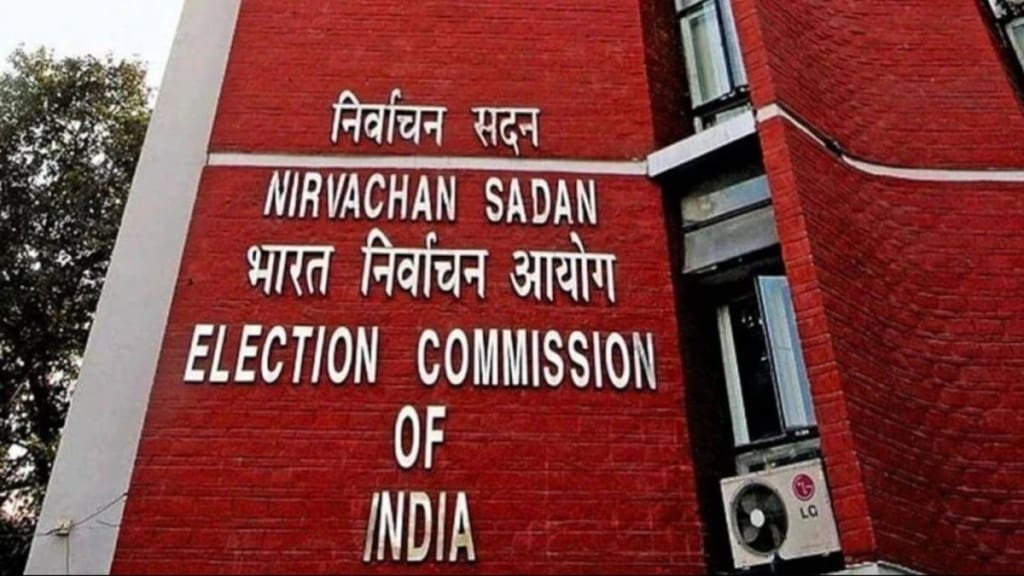At the end of last week, the Supreme Court passed two important directions to the ECI on the challenge to the Special Intensive Revision (SIR) of electoral rolls in Bihar — publish the list of deletions with reasons and accept Aadhaar for claims. The hearing will continue.
Unusual numbers
However, there are aspects of SIR that fall outside the scope of judicial review. Some features of SIR are unprecedented and alarming. Firstly, the name: previous revisions were called Special or Summary Revisions. Secondly, the timing: never before had such an exercise been undertaken within four months of a Lok Sabha or state election. Thirdly, the time schedule: the ‘revision’ was done in just 30 days and the ‘objections and claims’ will be disposed of in another 30 days. Fourthly, the scope: unlike previous revisions that kept the last electoral rolls as baseline data and made ‘inclusions’ and ‘exclusions’, SIR scrapped the 2024 electoral rolls and purported to construct new electoral rolls for Bihar (source: former EC, Mr Ashok Lavasa). Fifthly, the strange emphasis on exclusion and the studied silence on inclusion. Finally, the humongous numbers thrown up by the exercise: in an electorate of 7.89 crore persons, the ECI concluded that 22 lakh persons were ‘deceased’, 7 lakh persons were ‘registered at multiple places’ and 36 lakh persons ‘had permanently relocated or were not traceable’.
No one knows
Death and birth are natural. While it is correct that the names of dead persons must be deleted from the electoral rolls, is it also not correct that young persons who have attained the age of 18 on a specified date must be included in the electoral rolls? Given the crude birth rate of Bihar, the number of persons who had, since the elections to the Lok Sabha in 2024, attained the age of 18 would certainly run into a few lakhs. Have they been included? The ECI did not respond, and nobody knows.
How did the ECI conclude that 36 lakh persons had ‘permanently relocated’ or were ‘not traceable’? Did the ECI do a house-to-house survey? Did the persons concerned admit that they had permanently migrated to a place outside Bihar? Did the ECI hold an enquiry into the whereabouts of the 36 lakh persons? When and why did the ECI jettison the judicially-interpreted criterion of ‘ordinarily resident’ and substitute it by the polysemous ‘permanently relocated’? No one knows.
SIR lacks credibility, transparency, supporting evidence, and reasoned conclusions. SIR seems to have been started with a priori assumptions and the exercise undertaken to justify those assumptions. In a country whose population is growing by 0.89 per cent annually, any revision of electoral rolls must result in increasing the number of voters, but SIR in Bihar has had the opposite effect. The motive behind SIR appears to be disenfranchisement. SIR has put fear in the minds of the people of Bihar that many thousands of them would be denied the right to vote come October. If SIR is extended to other states, going by the results of Bihar, the most likely outcome will be disenfranchisement of crores of citizens.
The Karnataka challenge
Another startling story has emerged out of Karnataka. Bengaluru Central is one of 28 parliamentary constituencies of Karnataka. It comprises eight Assembly Constituencies (AC). Let us look at the result of the LS poll in Bengaluru Central. Keep aside one AC — Mahadevapura — for the time being. The Congress candidate led in four ACs and the BJP candidate led in three ACs. The net lead of these seven constituencies was in favour of the Congress candidate by 82,178 votes. Enter Mahadevapura. The BJP candidate led by 1,14,046 votes in this AC alone. That cancelled the net lead of 82,178 votes and gave the BJP candidate victory by 31,868 votes. Adding the postal ballots, the BJP candidate was declared elected by 32,707 votes. This, by itself, does not make the final result suspicious. However, the margin of 32,707 votes must be juxtaposed with the formidable prima facie evidence gathered by the Congress candidate and his team that assiduously pored over the voters lists and other documents and found that there were many egregious errors: unusual number of diverse voters registered in a single dwelling; voter cards that gave the names of the father in gibberish such as ‘xtkaprbsu’; and voter cards that gave the age as ‘0’ or ‘124’. The number of such prima facie errors ran into thousands.
The question is, if there is such a body of prima facie evidence, does it not require an investigation? A normal person will say, ‘Yes, of course’, but the ECI no longer behaves like a normal person/institution. It prides itself as independent and not answerable to the primary stakeholders in fair elections — voters, candidates and political parties. Emboldened by its ‘independence’, and the unwillingness of the two presiding officers to allow a discussion in the two Houses of Parliament, the ECI pretends to be a ‘Court’ and demands affidavits and oaths!
The central issue of the credibility of the voters list of Mahadevapura AC must not be lost in the noise and the debate diverted to extraneous issues.
Let me say this again: the central issue is the credibility of voters lists, be it in Mahadevapura AC or the state of Bihar. The ECI has much to answer, if not today but certainly on judgement day in the future.

